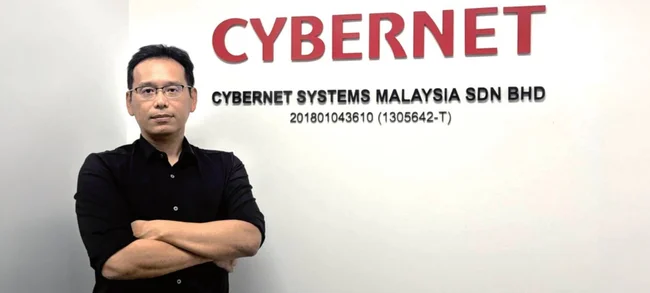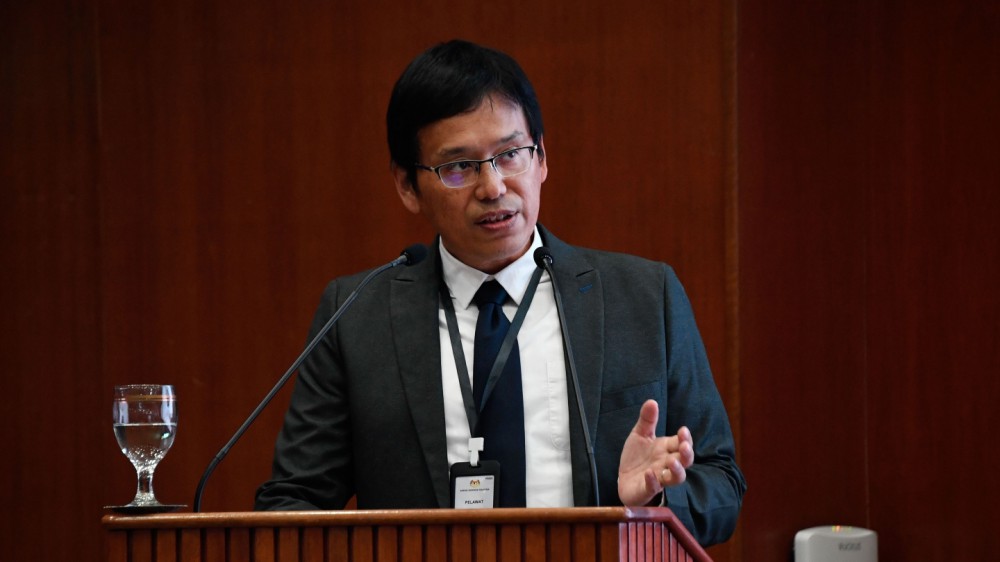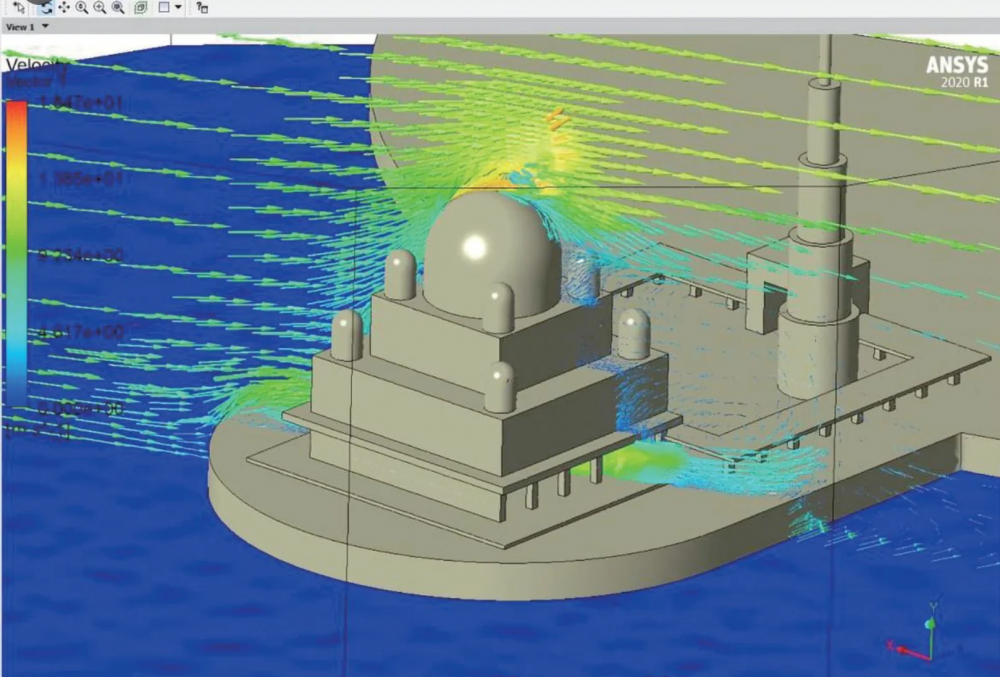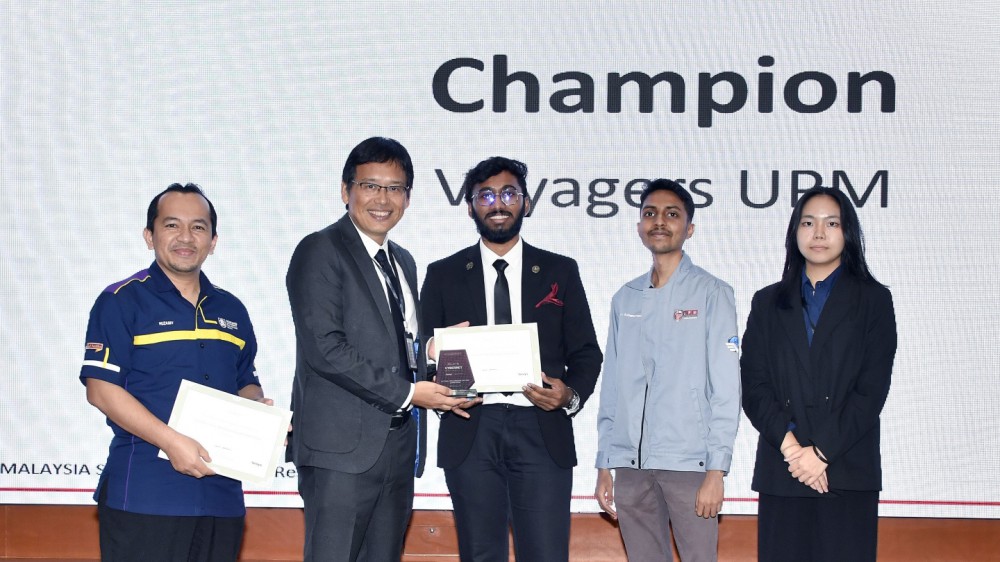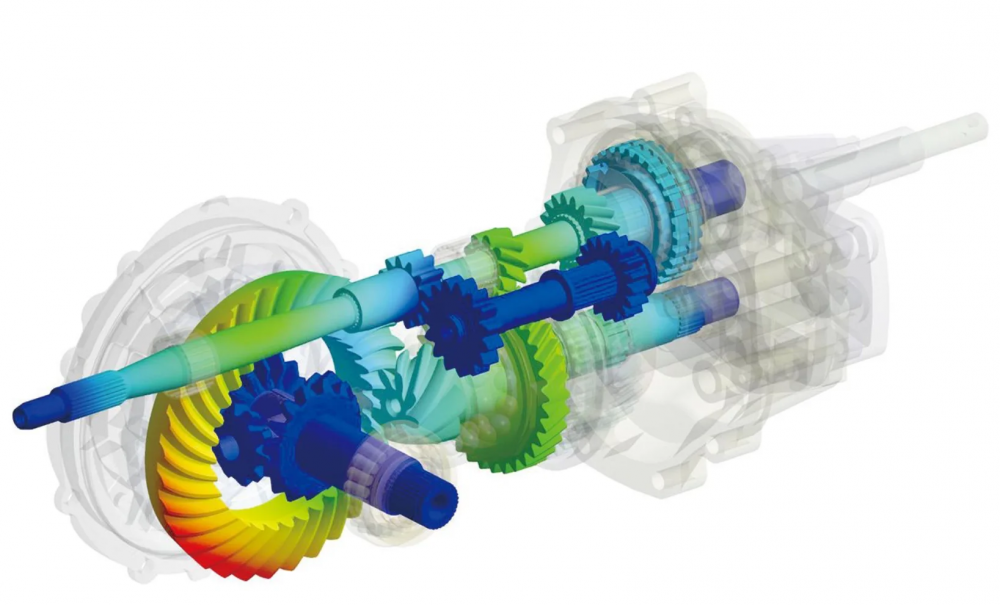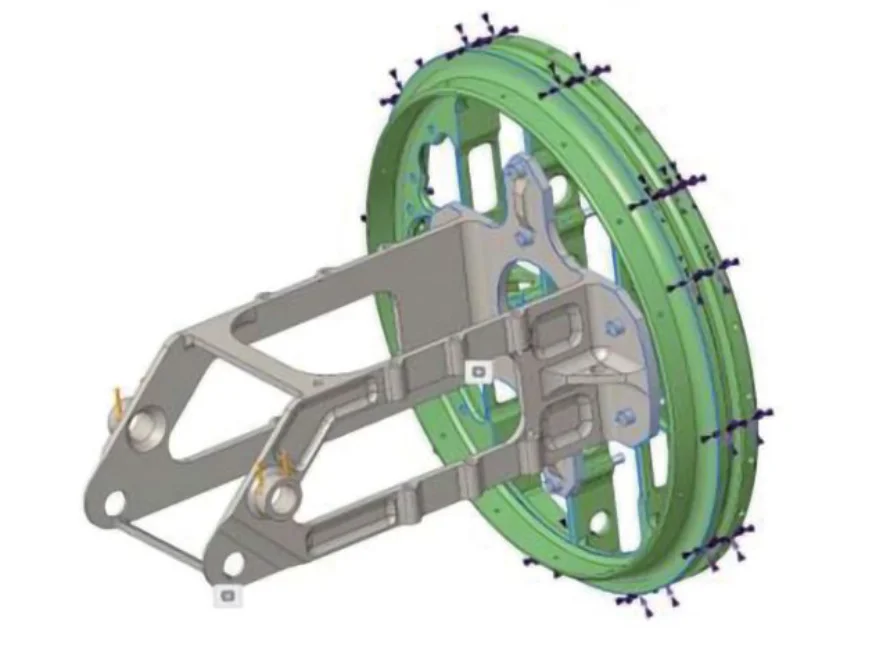Member Login
The Forefront of CAE Pioneering the ASEAN Market: CYBERNET’s Business Strategy and Future Vision.
2025.05.14SPECIAL INTERVIEW
This article was originally published in Japanese in Weekly MTown magazine on March 6, 2025, and was reposted on the MTown website on May 5, 2025.
Cybernet Systems Malaysia Sdn.Bhd., based in Malaysia, promotes CAE and numerical simulation businesses in the ASEAN region. At MTown, we interviewed Takashi Sakakibara, COO of the company, about CYBERNET's business strategy, future prospects, and vision.
|
Takashi Sakakibara, Chief Operation Officer / Director |
|
► Could you briefly explain how you came to Malaysia and your current job?
"I used to work as an application engineer at CYBERNET in Japan. In 2018, with the launch of the Malaysian office, I was initially assigned to Malaysia as a technical director. I have been living in Malaysia for about 7 years, including the preparation period for the start-up. Currently, I am the Chief Operating Officer (COO) and oversee overall management."
The importance of CAE and numerical simulation.
► Specifically, what kind of technology is your company's main business "CAE"?
"CAE (Computer-Aided Engineering) is a technology that uses a model designed on a computer to analyze and visualize a product at the research and development stage, instead of actually creating a prototype. It is used in various fields such as the design of automobiles, aircraft, and electrical components. To put it simply, it may be easier to understand if you think of it as a "super excellent calculator". CAE's simulation technology has advanced computational capabilities that can represent physical phenomena. For example, it is possible to virtually reproduce the behavior under various conditions, such as deformation when force is applied, the movement of air flow around it, and temperature distribution. Instead of creating prototypes and doing physical experiments, you can do these things on a computer."
► It seems to be a very advanced technology, but it seems difficult to use it.
|
Analysis example - Fluid analysis around Putra Mosque (flow velocity distribution and vector diagram). |
Characteristics of CYBERNET and Business Targets.
► Could you tell us about CYBERNET's business and characteristics?
"CYBERNET is a group of professionals in numerical simulation. About half of our employees are engineers, and they are experts in analytical fields such as structural analysis, fluid analysis, and magnetic field analysis. We also offer a variety of solutions for design and production sites, including CAD, IoT platforms, and AR. We provide our customers with services such as analysis software, technical support, consultation, and analysis agency. Another strength is that we can respond to a wide range of technological and industrial fields through our global network."
► How are business targets set?
"We target both Japanese and local companies. When we launched the Malaysian branch, we focused on Japanese companies. CYBERNET Japan, the headquarters, already does business with many Japanese companies, and the first step was to provide services to the ASEAN offices of its existing customers. Currently, we are strengthening our relationships with local universities, technical organizations, and partners, so we will further accelerate our approach to local companies in ASEAN countries."
Business Development in ASEAN and the Importance of CAE.
► I think that "low labor costs" are a major factor in the reason Japan companies have manufacturing plants in ASEAN, but is there such an aspect in CAE?
"Yes. I think that's one of the factors. The so-called "offshore base" concept is a case where we are trying to develop CAE work done in Japan in areas where labor costs are low overseas. On the other hand, as another pattern, in order to respond to the need for "inexpensive products of moderate quality" that are required in ASEAN countries, there are cases where independent CAE operations are carried out at overseas offices. In some cases, CAE is used to manufacture products that are optimized to local specifications, using materials that can be procured quickly and inexpensively."
Building trust and networking through collaboration with academic institutions.
► Please tell us about your specific business development activities in Malaysia.
"In Malaysia, we provide technical services to R&D and design departments in the petrochemical, automotive, electronic components, and aerospace industries, as well as technical universities. At first, we focused on Japanese companies, but now we are actively developing services for local companies. In addition to Malaysia, we are also expanding our business to ASEAN countries such as Singapore, Vietnam, and Thailand."
► CYBERNET Malaysia is also focusing on academic collaboration. What kind of activities are you doing in Malaysia?
|
Grand Finale - National Space Imaging Payload Competition 2024. |
► What are the benefits of collaborating with universities?
"We have been actively collaborating with universities in Japan. Of course, the purpose is to provide academic licenses, but we believe that by collaborating with universities, we can definitely improve our own technical capabilities, and we will also have the opportunity to expand into newer technical fields through industry-government-academia collaboration. I myself am learning from researchers in ASEAN countries every day."
The secret to promoting ASEAN expansion in Malaysia.
► Why did you choose to be based in Malaysia?
"The main reason I chose Malaysia is that we can use English here. When developing business in the ASEAN region, it is very helpful to be able to communicate smoothly in English. In addition, having a base in Malaysia or Singapore will make it easier for us to expand our business to the whole of ASEAN."
► Is there a difference between the strong business areas in Malaysia and Japan?
|
Simulated with Ansys Mechanical™ structural finite element analysis software. |
► Please tell us specifically about the strengths of Malaysian engineers.
"Most of the analysis software is made overseas. As a result, many software technical and related information is available in English. Malaysian engineers have very high language skills and are good at gathering information in English. Therefore, the speed at which they can quickly find the necessary information and reflect it on their work is very fast. Of course, Japanese engineers are also excellent, but I personally think that the best mix is the combination of the delicacy of Japan engineers and the speed of ASEAN engineers."
Future Business Development and Vision.
► What are your thoughts on future business development?
|
A model created with PTC Creo® 3D CAD Design Software. |
► Do you have a message for Japanese companies?
"I would like to see local engineers have the opportunity to come into contact with more advanced technologies such as analysis technology. We tend to focus only on their multilingual skills, but there are also many excellent engineers who have studied well at university. Personally, I would like them to actively utilize local human resources and develop their capabilities. In addition, I would like to see active exchanges between local engineers and Japan engineers to create an environment in which both sides can grow further. In addition, we also provide Engineering Services at our Malaysian branch. When analysis needs arise, I think that many customers request the analysis team in Japan, but we would appreciate it if you could consider CYBERNET Malaysia's service as they can quickly respond in local languages."
► Lastly, please tell us about your future aspirations and thoughts on doing business in Malaysia.
"Personally, I like Malaysia very much. Every day, I feel the rich culture, interaction with diverse people, and the potential of business. I would like to continue to cherish my relationship in Malaysia and strive to contribute to the development of this country as much as possible."
About CYBERNET Malaysia
Cybernet Systems Malaysia Sdn.Bhd. supports customers in Malaysia, Singapore, Thailand, Vietnam, and other ASEAN countries. They provide a wide variety of software, technical support, engineering services, and training in areas such as Computer-Aided Engineering (CAE), Vehicle Simulation, Casting Simulation, Tolerance Analysis, and Digital Engineering solutions that combine CAE with emerging technologies for Digital Transformation, such as IoT, AR-VR, Digital Twin, Big Data analysis, and AI. More details on www.cybernet.asia
CYBERNET Malaysia is a wholly owned subsidiary of Cybernet Systems Co., Ltd., headquartered in Tokyo, Japan. More details on: www.cybernet.co.jp/english
| CYBERNET Malaysia Contact Details | |
| Edwin Lim - Sales Director edwin.lim@cybernet.asia |
Marketing inquiries: Chandima Uyanage chandima@cybernet.co.jp |
| General inquiries: information@cybernet.asia | |






